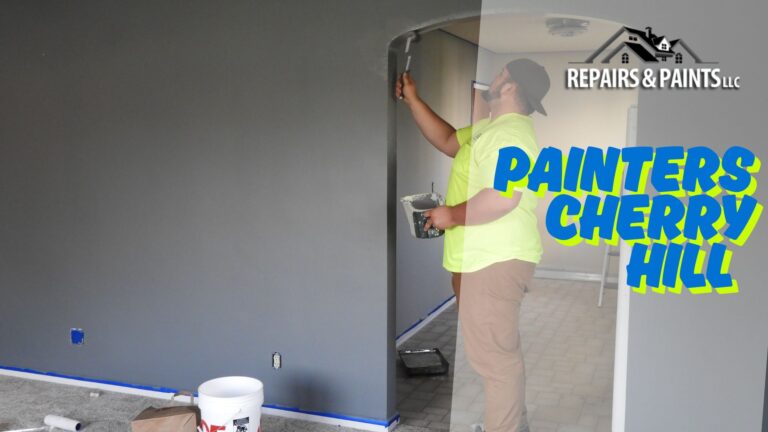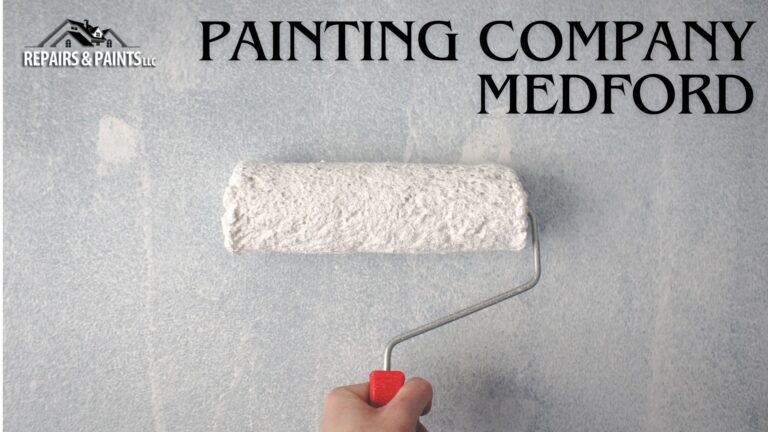Water Damaged Drywall
Water Damage or Flood Affected Your Paintwork? It Can Be Repaired!
After a flood in your home or any other type of home disaster, the first thing you want to do is get everything replaced, right? But what about your walls? They can’t easily be replaced. The good news is, water damaged walls can be repaired. Read on for ideas about what to do when your paintwork is damaged, whether by a drip, leak or flood.
Repairing a wall after a flood
In order to repair a water damaged wall, the wall must be dry from the inside out. Until the wall is completely dry, no repainting or repairs can take place. Plaster and panelling can often be saved after air has been able to circulate in the wall cavities.
You may be able to drain plaster walls adequately by removing the baseboard and breaking out plaster and lath at the bottom of the wall. The baseboard can cover the openings later.
You’ll want to be sure that a flood is unlikely to happen again. Maintaining your plumbing regularly is the best way to ensure that your home is as flood proof as possible.
Can I save the panelling?
Sometimes panelling can be saved if it is allowed to dry slowly. Pry off the affected panels and leave to dry in a well ventilated space. Don’t leave panelling to dry in direct sunlight as this can cause it to warp.
Clean off any flaking or blistering paint and ensure that there is good airflow over the wall and tht the wall cavity is well ventilated and cleared of water and mud. You will need to wait at least two weeks until the plasterboard is completely dry. The drying time will depend partially on the amount of dry air that can circulate through the studding and wall materials.
Once the plasterboard is dry and you have determined what you can salvage, it’s safe to repair and repaint your walls.
Repairing paintwork after a small leak
Of course, the damage to your paintwork may not be as severe as this. You may just have a small, water damaged area from a leak or drip. In this case, you can repair water damaged paintwork that has started to blister or bubble. First, clean the water damaged area thoroughly and clear or scrape any flaking paint to make the surface smooth. After this, apply a peel-stop followed by a filler. Once the filler is dry, sand the surface and then apply a oil based primer or sealer to the area. Now that the surface is clean and primed, you can repaint the damaged area and it will soon look as good as new.
However extensive the damage, it’s good to know that most water damage can be fixed and taking action as soon as possible to dry everything out will save you money after a flood or home disaster.







